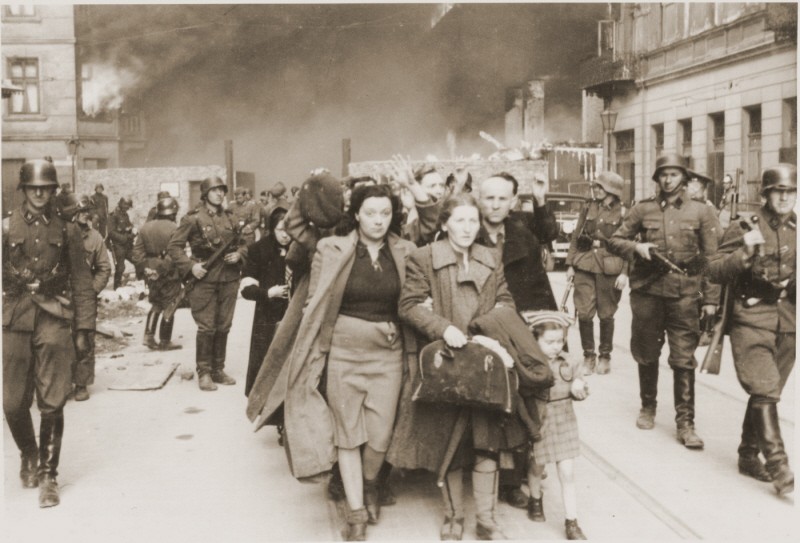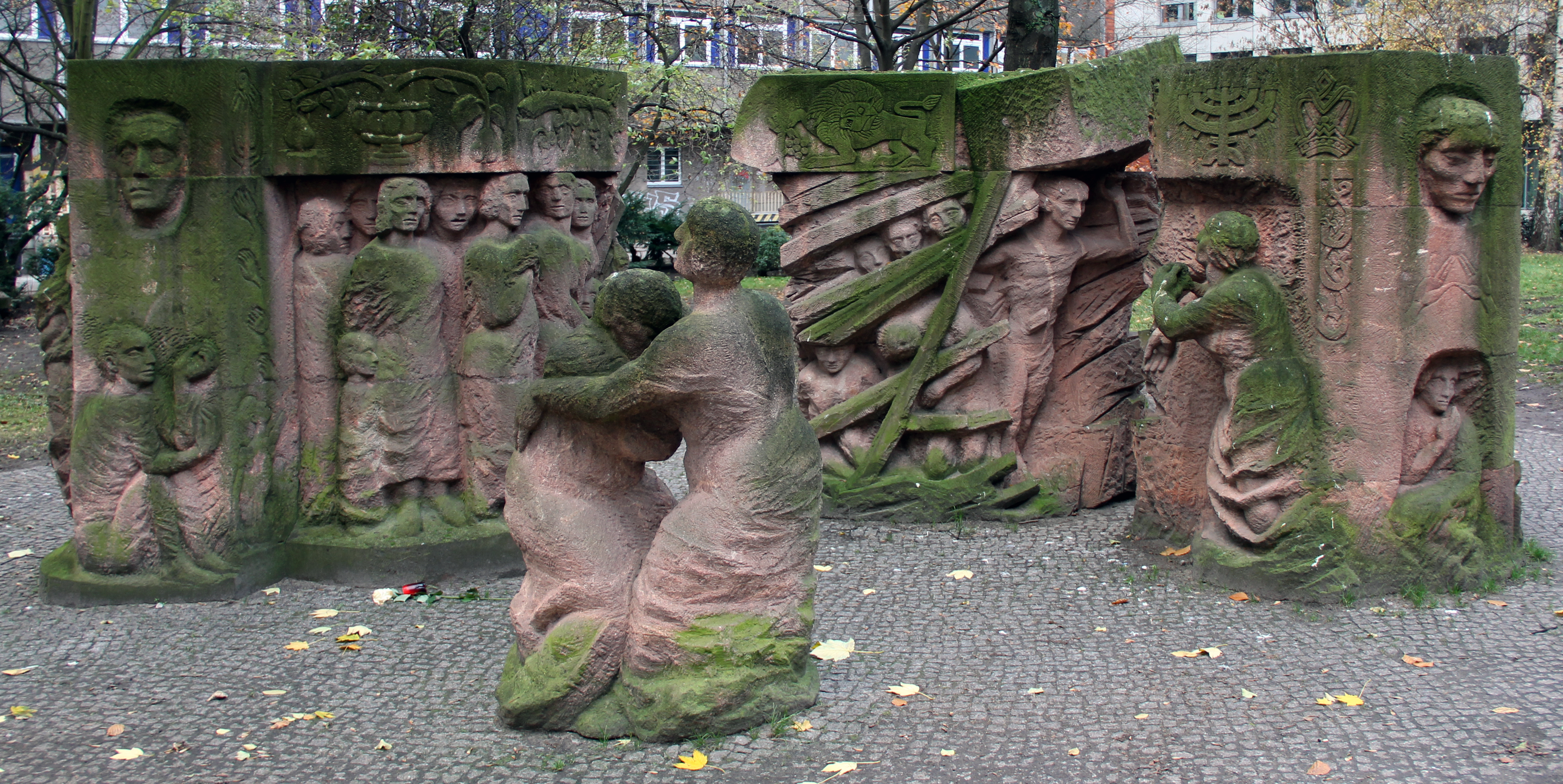My name is Sarah Brophy, and I am a double major in political science and history. I originally got involved in research through the Undergraduate Research Opportunity Program - for which I now serve as a UROP Leader - and continued my journey with an Honors in the Major. My research primarily deals with intermarriage policy in Nazi Germany.

Sarah Brophy, Florida State University
The Nazi regime and its control tactics have been extensively researched in the 80 years since the end of World War II. German Jews were subjected to increasingly harsh treatment until they became so isolated there was little resistance when they were forced into ghettos and, eventually, concentration and death camps. One overlooked piece of history is the fate of Jewish Germans married to Aryans and how gender and privilege were used to control Aryan women and Jewish men.

Protestors at Rosenstrasse circa Feb. 27, 1943 (United States Holocaust Memorial Museum)
The 1935 Nuremberg Laws forbade intermarriage between Aryans and Germans and further classified Jewish Germans into “grades” with different restrictions placed on each “grade.” The reality of intermarriage was much more complicated. Some Nazi leaders suggested forcing these couples to divorce, while other extremists favored simply deporting the entire couple. While the fight raged on, those in interfaith couplings would lose their jobs, friends, and community. In December of 1938, the creation of a new status - a “privileged” marriage - would divide the community and further ostracize “nonprivileged” unions. Those in privileged marriages could remain in their homes, were saved from deportation, and the Jewish spouse did not have to wear the Star of David. Couples consisting of an Aryan man and a Jewish wife were always considered privileged, but couples where the wife was an Aryan only got this special designation when the couple had children not being raised in the Jewish faith. Through analyzing court records, survivors testimony, and archival documents show how the Nazi regime's misogyny and misguided goal of “saving” Aryan women and - by extension - their wombs led to the largest compromise of the Nazi Regime and an embarrassing policy failure.

Memorial commemorating the Rosentrasse Protests in Berlin
I plan to spend the Summer investigating the reasoning behind why there was a distinction in Nazi policy for intermarried couples rather than other solutions proposed - like the dissolution of interfaith marriages using various resources only found in German archives. These changes were part of three major developments in 1938 - the introduction of new divorce laws that made it easier for interfaith couples to get divorced, Kristallnacht, and the distinction of “privileged marriages.” Being in a privileged marriage protected the Jewish spouse from deportation, saved the family from being moved into the ghettos, and initially allowed the couple to keep their assets. The only couples to be excluded from this status were Aryan women married to Jewish husbands without children and couples whose children were raised in the Jewish faith. Nazi officials claimed that Aryan wives who divorced their Jewish husbands would be welcomed back into their communities. The distinction came after an initial attack on the economic sphere - the stereotypical role of the man - did not lead to a mass divorce of interfaith couples. The unsuccessful initial attack showed the regime's concern about Jewish men in positions of power, even within their own homes, and played on the idea that Aryan women married Jewish men for financial security. Judges perpetuated this stereotype in the 1930s Rassenschande (racial defilement) cases in the 1930s, using rhetoric to depict the Aryan “angel” and interpreting divorce laws in favor of Aryan spouses years before the 1938 Civil Codes. Simply put, divorces were not common as Aryan spouses - especially wives - knew divorce could mean imminent death for their partners. I contend that the reason the distinction was made was to attack women and their domestic sphere, thereby forcing Aryan women to divorce their husbands - freeing their wombs for the next generation of Nazis.

The Bundesarchiv
The stories of intermarried couples are somewhat disjointed and scattered across thousands of court documents, personal testimonies, and registries across Germany, with no plans for digitization and few researchers even accessing the documents. The lack of research on this topic is troubling as the evolution of a woman’s property and familial rights drastically shifted through the course of the 20th century, and understanding the patriarchy of the Third Reich has implications for the changing identity of European women. The changing perspective of these intermarried women as time progresses also points to the finicky and increasingly erratic nature of the Nazi regime as it began its descent into defeat.

